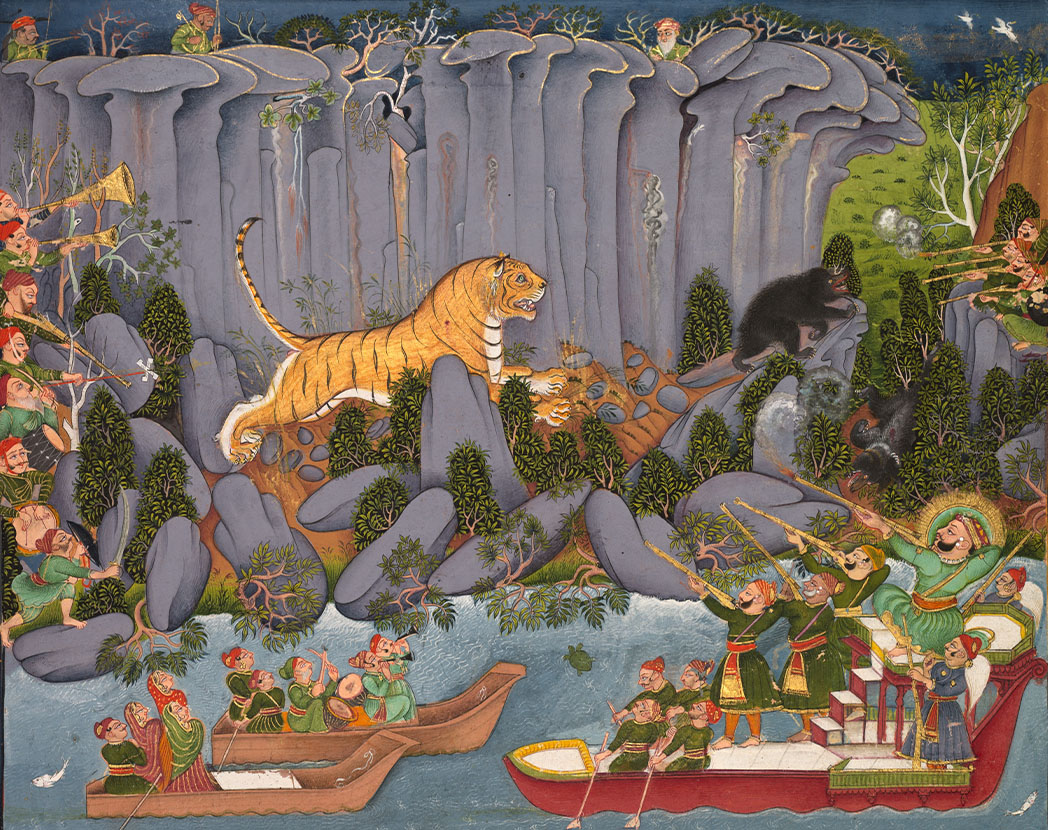Central India, a land of dense forests, rugged terrain, and vibrant wildlife, has long captivated the imaginations of nature lovers and adventurers alike. The region is particularly renowned for its tiger population, making it a prime destination for those seeking a thrilling glimpse of these majestic creatures in their natural habitat. However, “hunting” tigers today is not about taking a life, but rather about the responsible and ethical pursuit of observing and appreciating these incredible animals through carefully planned safaris and conservation efforts. This guide will provide you with the information you need to plan a safe and rewarding tiger-watching experience in the heart of India.
Prime Tiger Reserves in Central India
Several national parks and wildlife sanctuaries in Central India offer excellent opportunities for tiger sightings. Here are some of the most popular:
- Bandhavgarh National Park: Known for its high tiger density.
- Kanha National Park: Famous for its meadows and diverse wildlife.
- Pench National Park: Inspired Rudyard Kipling’s “The Jungle Book.”
- Tadoba Andhari Tiger Reserve: Maharashtra’s oldest and largest national park.
Planning Your Tiger Safari
A successful tiger safari requires careful planning. Consider these factors:
- Booking in Advance: Safari permits are limited, especially during peak season (October to June). Book well in advance through the forest department or a reputable tour operator.
- Choosing the Right Time: The dry season (October to June) is generally considered the best time for tiger sightings, as vegetation is thinner and water sources are scarce, drawing animals to predictable locations.
- Selecting a Reputable Tour Operator: A good tour operator will provide experienced guides, comfortable transportation, and ensure responsible wildlife viewing practices;
- Respecting Wildlife: Maintain a safe distance from animals, avoid making loud noises, and follow your guide’s instructions at all times.
Safari Options: Jeep vs. Elephant
The most common safari options are jeep safaris and, in some parks, elephant safaris. Each offers a unique perspective.
| Safari Type | Advantages | Disadvantages |
|---|---|---|
| Jeep Safari | More flexible, can cover more ground, better for photography. | Can be bumpy and dusty, may be less comfortable for some. |
| Elephant Safari | Higher vantage point, less disturbing to wildlife, unique experience. | Limited availability, slower pace, may not be suitable for everyone. |
Essential Gear for Your Safari
Packing appropriately will enhance your safari experience. Consider bringing the following:
- Binoculars: Essential for spotting wildlife from a distance.
- Camera with a zoom lens: Capture those unforgettable moments.
- Neutral-colored clothing: Blend in with the environment.
- Hat and sunscreen: Protect yourself from the sun.
- Insect repellent: Keep those pesky bugs away.
- Comfortable shoes: You’ll be doing a lot of walking.
FAQ: Your Questions Answered Is it safe to go on a tiger safari?
Yes, tiger safaris are generally safe when conducted responsibly and with experienced guides. It’s crucial to follow the instructions of your guide and maintain a safe distance from the animals. Remember, these are wild animals, and respecting their space is paramount.
What are the chances of seeing a tiger?
While there’s no guarantee, the chances of seeing a tiger in Central India’s prime tiger reserves are relatively high, especially during the dry season. However, remember that wildlife sightings are unpredictable, and even if you don’t see a tiger, you’ll still have the opportunity to observe other fascinating animals and enjoy the beauty of the Indian wilderness.
What other animals can I see on a safari?
Besides tigers, you can expect to see a variety of other animals, including leopards, sloth bears, wild dogs (dholes), deer (sambar, spotted deer), langurs, and numerous bird species.
What is the best time to visit?
The best time to visit is during the dry season, from October to June. The weather is pleasant, and the vegetation is thinner, making it easier to spot wildlife. However, be prepared for hotter temperatures during the summer months (April to June).
How much does a tiger safari cost?
The cost of a tiger safari can vary depending on the duration, accommodation, transportation, and tour operator. Expect to pay anywhere from $100 to $500 per day per person.
Central India offers an unparalleled opportunity to witness the majesty of tigers in their natural habitat. Remember, responsible wildlife tourism is crucial for the long-term survival of these magnificent creatures and their ecosystem. By choosing ethical tour operators, respecting wildlife, and supporting conservation efforts, you can contribute to the protection of tigers for future generations. A tiger safari is not just a thrilling adventure; it’s a chance to connect with nature and appreciate the importance of biodiversity. So, pack your bags, book your safari, and prepare for an unforgettable experience in the heart of India. The roar of the tiger awaits!

